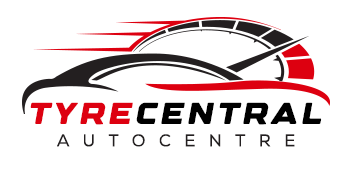Wheel alignment involves a mechanical adjustment of vehicle suspension to influence the direction and angle of the tyre’s contact with the road surface. The optimum alignment for each make and model of vehicle is set by the manufacturer in order to influence the performance and handling. Alignment also impacts upon safety and tyre wear hence, an important element of servicing that should be completed at regular intervals.
Visit Goodyear Tyres for more information on wheel alignment.
Wheel alignment is an extremely important part of vehicle servicing in order to influence a vehicle’s handling characteristics which can impact overall safety. Aside from the safety and handling aspect, maintaining the correct alignment can also extend the life of your tyres and reduce wear – which will ensure you get the best value for money from your tyres as well as boosting fuel consumption. Having the correct wheel alignment improves vehicle handling and steering whilst also reducing braking distances compared to misaligned vehicles.









